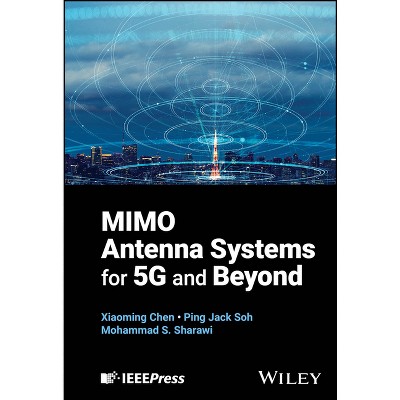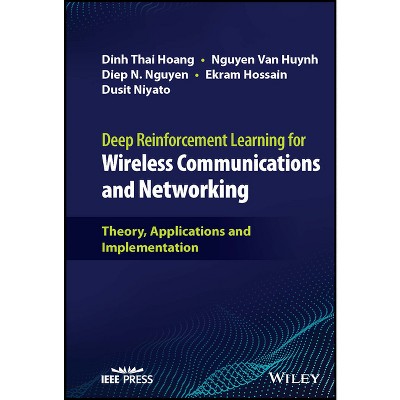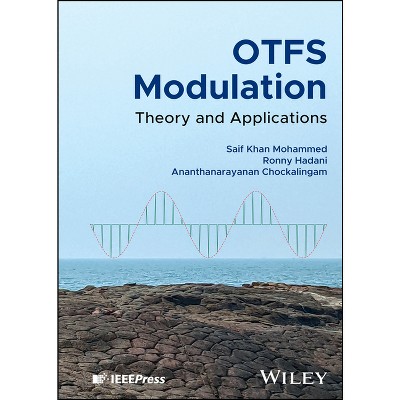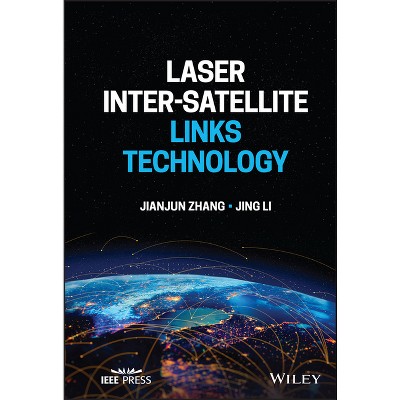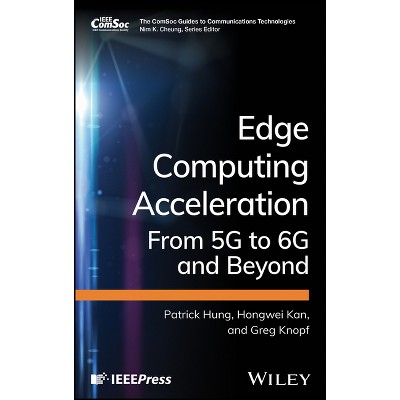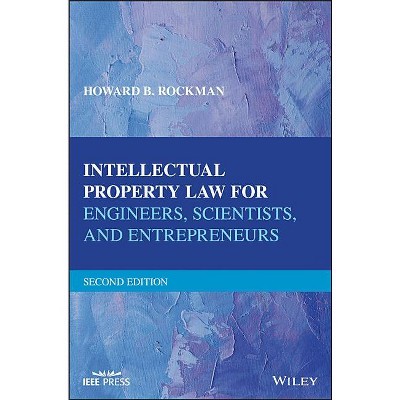About this item
Highlights
- FUNDAMENTALS OF INTERNET OF THINGS Fundamentals of Internet of Things: For Students and Professionals teaches the principles of IoT systems.
- About the Author: Dr. F. John Dian, PhD, is a faculty in the Department of Electrical and Computer Engineering at the British Columbia Institute of Technology in Vancouver, Canada.
- 432 Pages
- Technology, Mobile & Wireless Communications
Description
About the Book
"This book explores the general applicability of Internet of Things (IoT) technologies in various industries and for a variety of applications. It designed as a textbook for the introductory undergraduate courses on the topic of IoT for engineering and technologist students. The textbook has been designed to be used by academia during a term of 15 weeks. It begins with a chapter dedicated to explaining the fundamentals of data communications and networks. Later chapters establish IoT in a variety of businesses and help engineering students to understand how data flows from the sensors toward Cloud. Other topics covered include security and privacy protocols, the difference between wired and wireless technologies, and the five phases of IoT solution development."--Book Synopsis
FUNDAMENTALS OF INTERNET OF THINGSFundamentals of Internet of Things: For Students and Professionals teaches the principles of IoT systems. It employs a systematic approach to explain IoT architecture models and their layers. The textbook is arranged based on various layers of an architecture model. For readers who are unfamiliar with the concept of data communication and networks, the first chapter of this book covers the fundamentals of data communication and networks. It can also be used as review material for those who are already familiar with the concept.
The book begins with many examples of IoT use cases to show readers how IoT can be applied to various IoT verticals. The concept of smart sensors is then described, as well as their applications in the IoT ecosystem. Because internet connectivity is an essential part of any IoT system, the book explores wired and wireless connectivity schemes including cellular IoT in the 4G and 5G eras. IoT protocols, analytics, as well as IoT security and privacy are important topics that are explained in this book with simple explanations. The last chapter of this book is dedicated to IoT solution development. IoT is one of the most rapidly evolving technologies today, and there is no better guide to this rapidly expanding sector than Fundamentals of Internet of Things (IoT) for Students and Professionals.
Features:
- Simple explanations of complex concepts
- More than 300 exercise problems and advanced exercise questions
- Provided solutions for the exercise problems
- 10 practical IoT projects
From the Back Cover
Fundamentals of Internet of Things: For Students and Professionals teaches the principles of IoT systems. It employs a systematic approach to explain IoT architecture models and their layers. The textbook is arranged based on various layers of an architecture model. For readers who are unfamiliar with the concept of data communication and networks, the first chapter of this book covers the fundamentals of data communication and networks. It can also be used as review material for those who are already familiar with the concept.
The book begins with many examples of IoT use cases to show readers how IoT can be applied to various IoT verticals. The concept of smart sensors is then described, as well as their applications in the IoT ecosystem. Because internet connectivity is an essential part of any IoT system, the book explores wired and wireless connectivity schemes including cellular IoT in the 4G and 5G eras. IoT protocols, analytics, as well as IoT security and privacy are important topics that are explained in this book with simple explanations. The last chapter of this book is dedicated to IoT solution development. IoT is one of the most rapidly evolving technologies today, and there is no better guide to this rapidly expanding sector than Fundamentals of Internet of Things (IoT) for Students and Professionals.
Features:
- Simple explanations of complex concepts
- More than 300 exercise problems and advanced exercise questions
- Provided solutions for the exercise problems
- 10 practical IoT projects
About the Author
Dr. F. John Dian, PhD, is a faculty in the Department of Electrical and Computer Engineering at the British Columbia Institute of Technology in Vancouver, Canada. He received his Ph.D. degree from Concordia University, Canada, in Electrical and Computer Engineering. Dr. Dian has extensive experience in designing and implementing telecommunication systems and IoT networks. He holds a certificate in business analytics from Harvard Business School, USA, and co-chairs the center of excellence in analytics at BCIT. He has received numerous awards for his outstanding teaching and research, and has been an invited speaker at many forums and conferences. Dr. Dian is a senior member of the Institute of Electrical and Electronics Engineers (IEEE) and an active member of the Association of Professional Engineers and Geoscientists of British Columbia (APEGBC). He is the author of several books such as IoT Use Cases and Technologies, Cellular IoT for Practitioners, and Physical System Modelling Using MATLAB(R).







